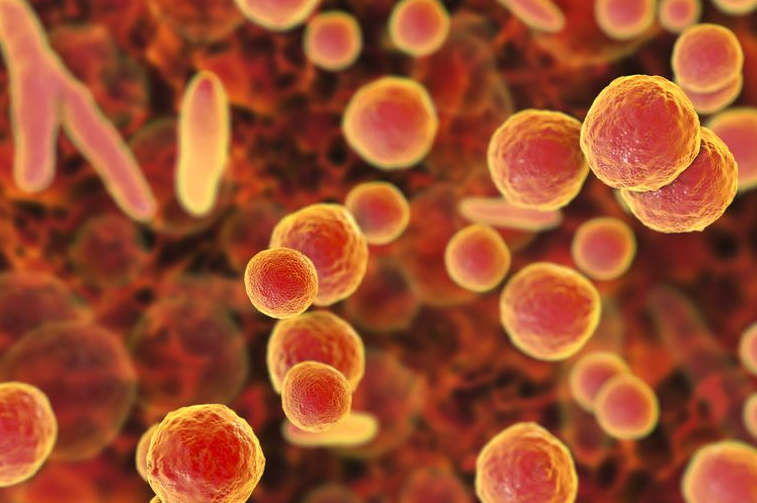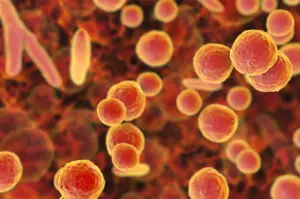Atypical bacteria are those bacteria that don’t stain with the staining as they don’t contain cell wall. These are microscopic organisms, are prokaryotic and can be observed through a microscope.
Examples:
Chlamydiaceae, Mycoplasmataceae
Characteristics of Atypical Bacteria:
The characteristics of atypical bacteria are as follows:
- They don’t contain a cell wall.
- These bacteria can never stain by any staining.
- They can cross through 0.2µm filter paper.
- They can change their shape easily as they are pleomorphic.
- These bacteria are naturally resistant against antibiotics against the cell wall.
- They generally grow inside the cell as they are intracellular pathogens.
- They are fastidious and slow-growing bacteria. They need weeks to grow and divide.
- These atypical bacteria contaminate the universal cell lines.
Disease caused by atypical bacteria:
There are many diseases that are caused by atypical bacteria.
- Mycoplasmapneumoniae is an intracellular pathogen that causes pneumonia and upper respiratory tract infection. It transmits through human to human and has the highest attack rate. It is a non-specific infection and difficult to distinguish from viral and bacterial pneumonia.
- Chlamydophila pneumonia is an obligate intracellular pathogen. It causes pneumonia and causes similar sign and symptoms of Mycoplasma. It spread through human to human.
- Chlamydophila psittaci is the causative agent of psittacosis. It is a zoonotic infection that is related to exposure to birds. Its signs and symptoms include fever, headache and myalgia and sometimes causes pneumonia.
- Coxiella burnetii is an atypical bacterium that causes Q-fever. It is also an obligate intracellular bacterium. It can produce spores that are highly resistant to environmental conditions. It transmits through aerosol inhalation. It causes severe pneumonia. There is no human-to-human spread.
- Legionella bacteria are naturally occurring in aquatic bacteria. These may grow to high concentrations in warm water. They are present in warm water, cooling tanks etc. It also causes pneumonia and Pontiac fever. It transmits through aerosols that are originated from the contaminated water.
Identification of bacteria:
These bacteria can’t identify by staining. They are slow-growing bacteria that need weeks to grow. They are identified by biochemical tests and polymerase chain reaction. Rapid detection kits are present for the identification of these bacteria.
Antibiotics used for treatment:
These bacteria can’t kill by cell wall inhibitors. These bacteria kill by macrolides, quinolones, and tetracycline. Macrolides affect the ribosomes of bacteria; tetracycline also works on the ribosomes of bacteria that stop the growth of bacteria. Quinolones act on the nucleic acid of bacteria and have bactericidal activity. The cell membrane inhibitors are not used as they affect the host cell too.


